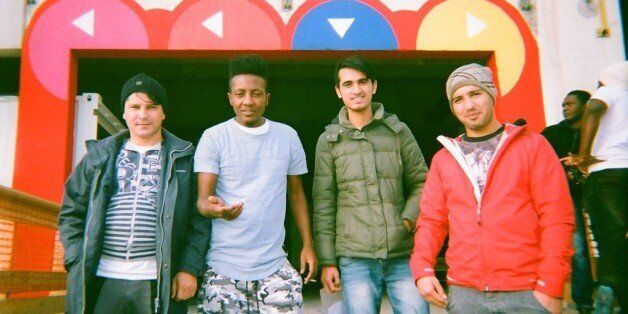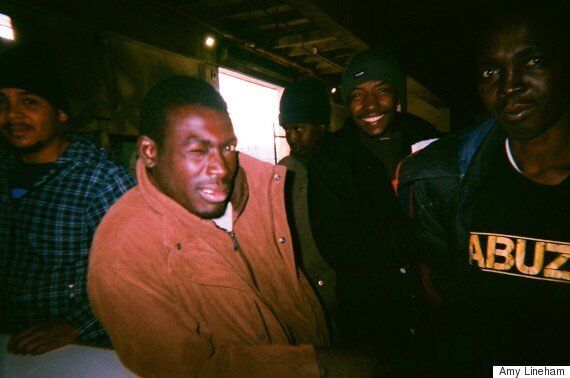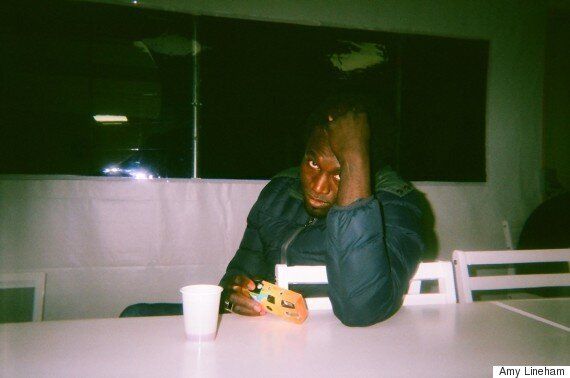
At the end of 2016 I spent five weeks volunteering in the then newly opened Porte de la Chapelle refugee camp in Northern Paris. Whilst working there I observed journalists come and go to take photos, often visiting the camp without speaking to a single resident. I found this lack of engagement concerning - by homogenizing the camp residents as 'refugees' the reporters, whether sympathetic or condemnatory, were undermining their status as individuals, defining them only in terms of their circumstance.
In an attempt to diversify this narrative I gave out 15 disposable cameras to people living in the camp. With this was an information sheet inviting participants to take photos of anything they wanted and explaining the images would then be shared to an audience outside of the camp.

From the moment the project began it was clear people were keen to share their stories, gleefully clicking the rickety frames of the cameras to begin recording their surroundings. People appreciated the platform as a sign of respect, one man dutifully returning his camera after signing up because he had been allocated to a new camp and wanted to offer someone else the opportunity. Of the 15 given out, eight were returned, with various reasons for the ones lost including police raids and violence. In many ways, those lost tell as much of a story as the ones developed, the instability of participants' lives reflected in their absence.
The developed films offer a moving insight into lives rarely considered beyond their immigration status. Each photographer has used the camera in their own unique way, some turning the lens inwards onto life in the camp whilst others recorded Paris's many iconic landmarks.

One guy used the roll in just 20 minutes to do a photo shoot with his friends. It is this individuality that I hope is communicated to visitors of the exhibition, an essential reminder in a time of increasing xenophobia. One cannot help but empathise with what is essentially a group of boys making the best of a bad situation in Paris.
The Porte de la Chapelle camp is an adult men's camp, by far the largest group in the refugee population. I feel this holds a great significance, this demographic having been 'othered' (the focus of media scaremongering) more than any other. I myself aimed to work in the women and childrens' centre in Calais before it was dismantled because of fears learnt from the media as to how the adult men might behave towards me as a young woman. Writing now after my time in the camp I can honestly say I was harassed there less than a normal night out in London.

Alongside the cameras, each photographer was given a blank postcard to write an accompanying note for their photos. Those returned show a sharp awareness of the potential audience one reading 'police don't respect to the asylum seekers! Guys asylum seekers not animals, asylum seekers are people!' whilst another said: 'well maybe I'm not professional photographer but I know that what I done it means what I felt and I think photos is kind of art'. Overall, the notes emphasize the heartfelt tone of the photographs, one entitled 'good life in France' with another ending 'thank you for giving me hope'.
I am now working hard to ensure these images and the heartfelt messages accompanying them reach as wide an audience as possible. The more people who see them, the better chance we have of dispelling prejudiced preconceptions born out of fear. If you can make it, please do come along, the exhibition is at the HIVE, Dalston 2-9 June.
Facebook: @disposableperspectives
www.disposableperspectives.wordpress.com